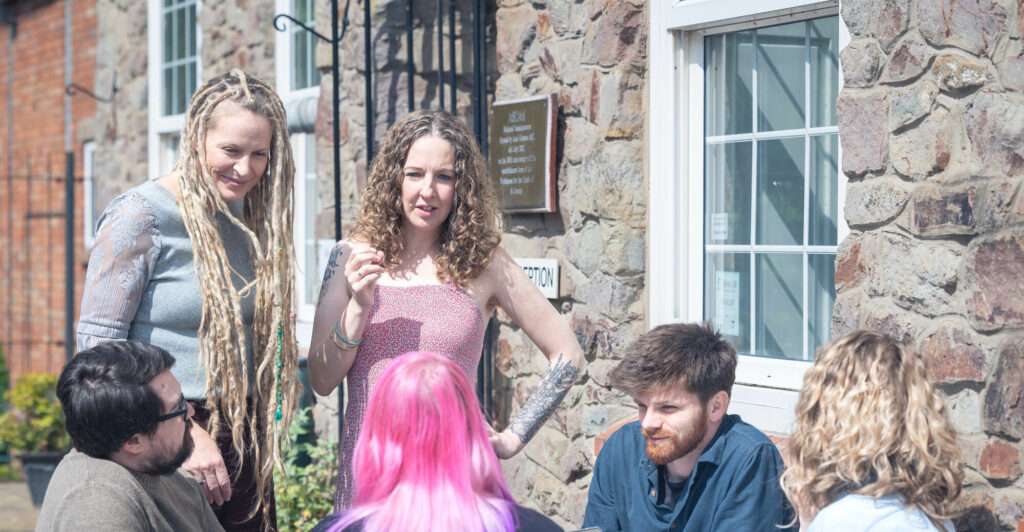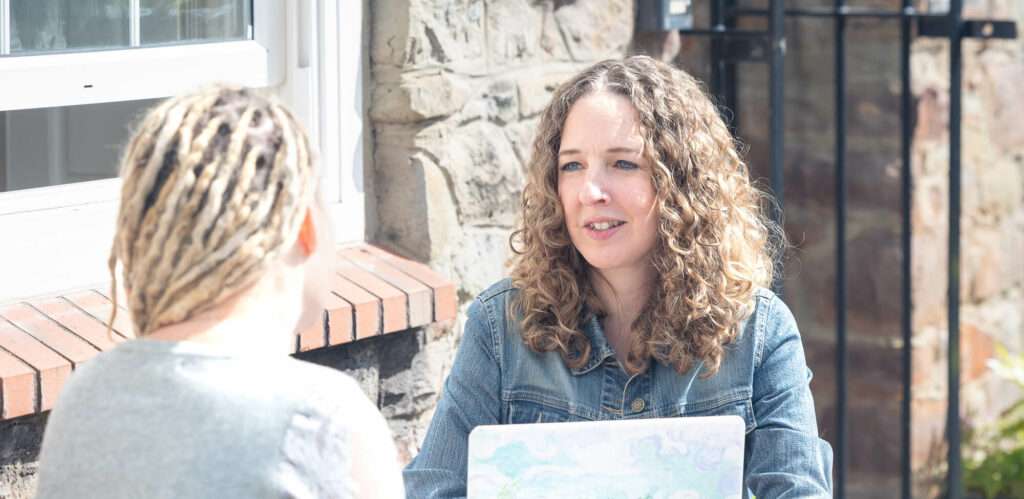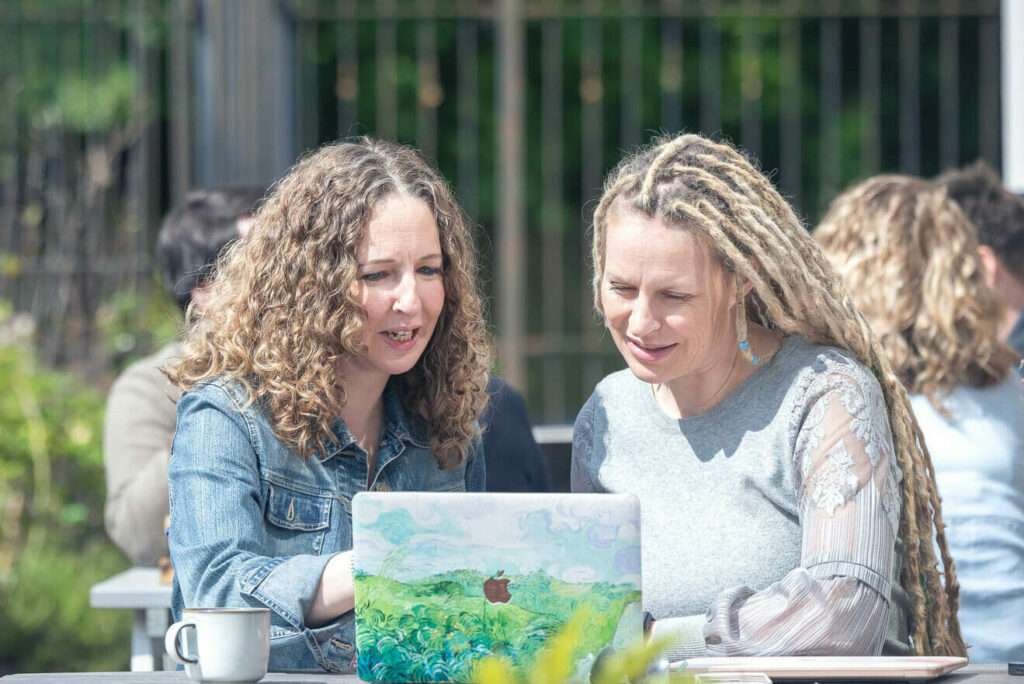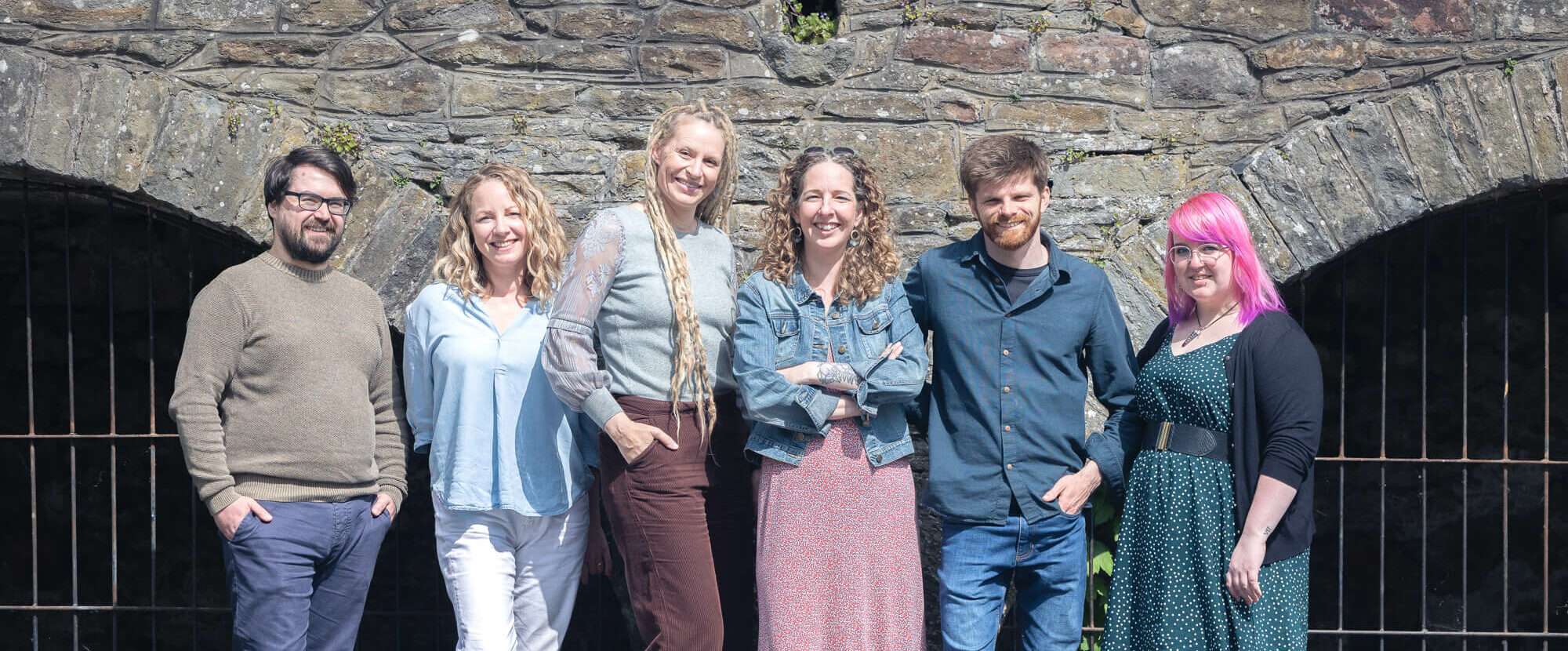
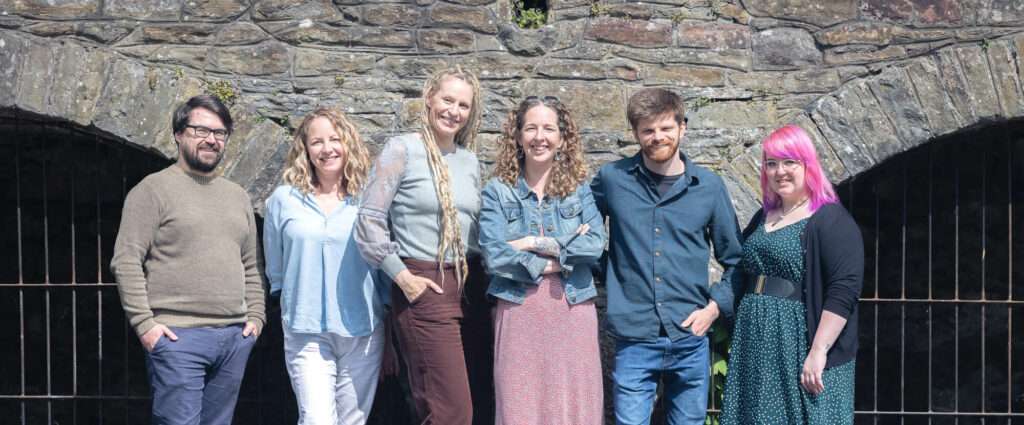
Defining your brand: who should be involved?
This article is the fourth in our Brand Roundtable series, based on a conversation between experts with rich experience of creating and curating brands from startup to scaleup, and from idea to acquisition. Here they dissect who should be involved in that brand creation and curation – and to what extent.
As we’ve unpacked in our roundtable discussions so far, we’ve seen that brand informs a team’s sense of identity, it influences customers and investors for better or worse, and it can have a deal-breaking effect on a company’s future.
That’s an awful lot. So – who should be responsible for it? The brand’s founders? The marketing department? The product team?
No doubt, the answer to that question changes depending on whether you have a team of six, 60 or 600. Brands need to evolve with time, and so do the people involved in curating it – but how do you determine who they should be?
We took the question to our roundtable contributors, who have all been a part of creating and advising on brand throughout different stages of the growth journey:
- Faye Lockier, global communication director at Ultraleap
- Abeed Janmohamed, M&A advisor and founder of Volando
- Nick Sturge MBE, portfolio NED and strategic adviser
- Caroline Macdonald, CEO and PR and marketing specialist at OggaDoon
- Tristan Gillen, growth marketing expert and founder of Growth Division
- Lauren (Stewart) Tack, founder and CEO of Invigorate and angel investor
The role of founders and external specialists
Vision, mission and values are the first areas you need to define if you want a strong foundation for your brand. Artificial brands do exist, but more than ever before, brand needs to be grounded in a real culture and values.
These issues are primarily defined by the founders – although that doesn’t mean you shouldn’t involve other people. Tristan explains how, in the early days of Growth Division, they brought in a branding specialist to help them create their initial or minimum-viable-brand.
“They helped us to define our why – our vision, mission values,” he says. “We were challenged to question why we’re building this team in the first place? What are we trying to achieve? Why are we in business?”
Aided by their branding specialist’s external perspective, Tristan and his business partner Tom were able to land on a set of values that would stand the test of time.
“So many of the decisions we still make – from who we work with to what we say online – all of it can trace its roots back to the first session that focused on vision, mission and values.”
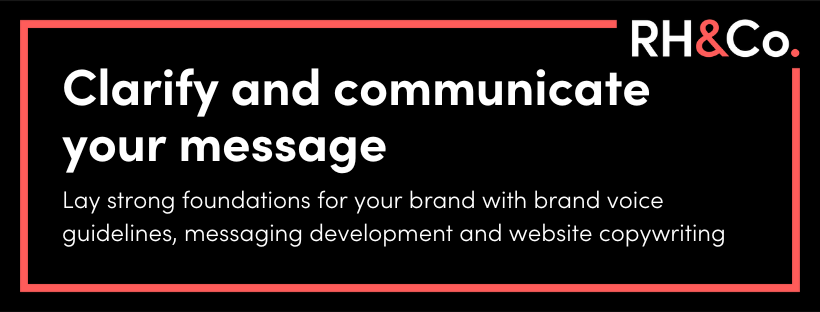
You need to get some distance from the brand
Even with external support, founders will inevitably create a brand that’s founder-centric – and sometimes they’ll do it unconsciously. Lauren, for instance, told us how a coach has helped her reflect on her personal values and how closely it has informed those of her latest startup, Invigorate.
“I think founders don’t realise how much they are subconsciously imprinting themselves – and how they want to see the world – onto their brand,” she says. “The challenge is to take several steps back and ensure it exists beyond you.”
That’s a challenge Caroline has faced time and again when working with tech companies. For the sake of their product’s success, some team members often need to put their personal opinions about the brand to one side.
“The engineering team, for instance, is very, very close to the product,” says Caroline. “The product is their baby but the brand ultimately needs to resonate with the people who will buy it. If it doesn’t, you’ve not got a business.”
What you can’t afford – and I’ve seen this a lot – is a technical team that is completely at odds with the marketing team.
Nick Sturge MBE, portfolio NED and strategic adviser
The role your team should play in defining the brand
At RH&CO we work with companies to clarify their brand message, and we’ll involve a number of people – from CEOs to commercial directors, heads of delivery, senior engineers or science officers, and sales people.
Throughout the project, we might see that a few team members need to put their personal opinions to one side, and we’ll challenge them on it, but we usually find others have their finger on the pulse.
“One or two individuals in a team might be on the money,” says Caroline. “And that’s because they’re giving voice to something that goes beyond their core opinion – articulating what they feel is right for their audience.”
Nick adds, “It’s about translation. It’s about finding the 20th bullet point on the product feature list that is the real winner. That information is usually with the CTO or the founding CEO but you’ve got to translate it. You’ve got to find a way of pulling that information out and putting it through another lens.”

You need to translate brand internally and externally
This translation is often essential if you want to win over your audience but it’s also a risk and one that needs to be handled carefully. If a key team member is very passionate about the product, and has strong ideas about it, you need to get that person’s buy-in.
“What you can’t afford – and I’ve seen this a lot – is a technical team that is completely at odds with the marketing team,” says Nick. “That leaves you with no coherence. So what you need to do is translate the brand internally as well as externally.”
This careful negotiation of messaging becomes vital when an organisation reaches a key juncture such as a post-acquisition or -merger. Or when announcing a new partnership.
When Ultrahaptics acquired LeapMotion and became Ultraleap, says Faye, the company thought hard about the kind of story it was telling.
There were also some fine lines to tread for their employee brand – they wanted to stay a proud Bristol company while becoming a global company, and to continue to attract a core of talent from Bristol while not isolating their Silicon Valley-based team.
“It’s not an easy task and it’s not a one-and-done task, especially when you’ve completed an acquisition,” says Faye. “There’s always an opportunity to rethink the brand for the better and there’s a constant need for communication.”
For more insight into creating and curating brand, see our roundtable discussions on what is brand and how much should brand evolve. Or stay tuned for more conversations from our brand roundtable.
Back to hompeage




